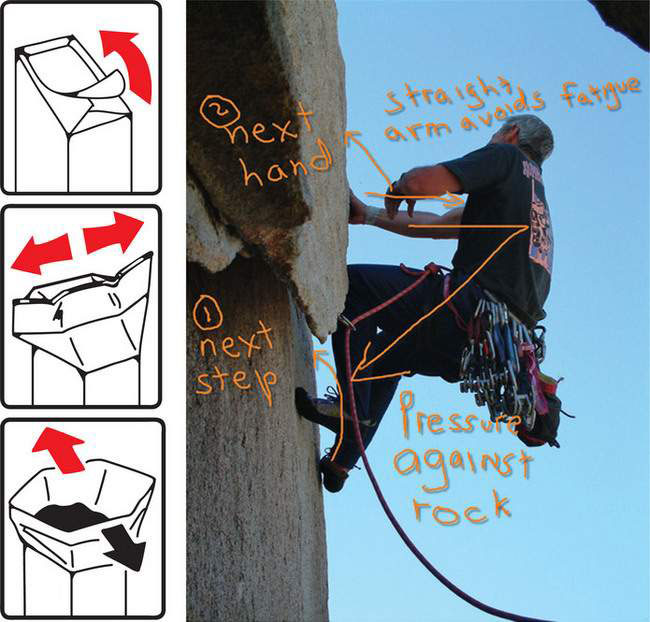3.4 The Vanilla Sketch
basic elements of a sketch: drawing, annotations, arrows and notes
There are an infinite number of ways you can create a single sketch. However, most simple sketches will comprise the drawing along with optional annotations and notes.
The Drawing
The drawing is what most people think of as the result of a sketching activity. For example, the figure below is a sketch of the main screen of an interactive shopping system, expressed solely as a drawing.
Some people are entirely visual, where their drawing will rarely use notes or annotations. Others (especially those brought up in non-design or non-arts disciplines) are entirely textual, where drawings are rare. If you are one of these extreme cases, make a point of producing sketches that balance drawing, annotations and notes.
Annotations
Annotations are names, labels and explanatory notes whose spatial location identifies the part(s) of the sketch they refer to. That is, annotations are graphical marks that are incorporated into the drawing itself.
Sometimes, their location relative to a part of the drawing is enough to connect the annotation with a particular sketch element. Other times, arrows, lines or braces may clarify that spatial relation. For example, the sketch below now includes annotations. This particular sketch shows various labels and explanatory notes that:
-. indicate particular areas of the sketch via braces (e.g., those numbered 1–4 and 7),
-. point to specific elements via one or more arrows (numbers 5 and 6),
-. are associated by only their spatial placement, such as the label explaining the caricature (number 8),
-. indicate dynamics of elements or interactions over time (labeled arrows in the middle of the figure).
Arrows as Annotations
Arrows deserve special mention as part of an annotation. We already saw in the previous sketch how they can be used to point to one or more areas of the drawing. Arrows can also be used to relate different parts of a drawing, to indicate direction, to show movement, to indicate a sequence of events, to indicate interaction flow.
For example, the set of images on the left below are directions in opening a box, where arrows eloquently indicate the interaction flow and movement (taken from Mijksenaar and Westendorp, 1999). The image on the right is another example, where in this case the person has annotated a photograph of a rock climber to indicate numbered sequences of events, where arrows and labels indicate directions, force, and movement.
Further inspiration can be found in Mijksenaar and Westendorp’s book Open Here. It collects myriad example images used to instruct people, including the opening of the box sequence reproduced here on the previous page. Arrows predominate in many of them. Also, many of its graphical designs incorporate annotations.
Start your own collection by gathering the ones that stand out for you, where you place them in your found objects collection (Chapter 2.3).
Notes
Notes are any text incorporated in the sketch where its spatial location relative to parts of the drawing is not important. For example, this 3rd version of the sketch has several notes included on its left side. Notes can be anything: ideas about design elements not included in the drawing (top note), alternate design options of elements within the sketch (middle note), a set of issues (bottom note), explanations, alternate ideas not yet sketched out, outstanding questions, and so on. They can be paragraphs, words, sentence fragments and lists.
Both annotations and notes are there to help you elaborate your ideas about your drawing, especially so you can recall them later. Freely use annotations to elaborate your drawing, especially if a few words will help you explain various (possibly obscure) drawing elements, e.g., what they are, how they behave, the abstract concept it represents. Freely use notes to capture thoughts about the drawing as a whole. Don’t worry if your sketch is text-heavy; if it helps you, then the sketch is serving its purpose.




